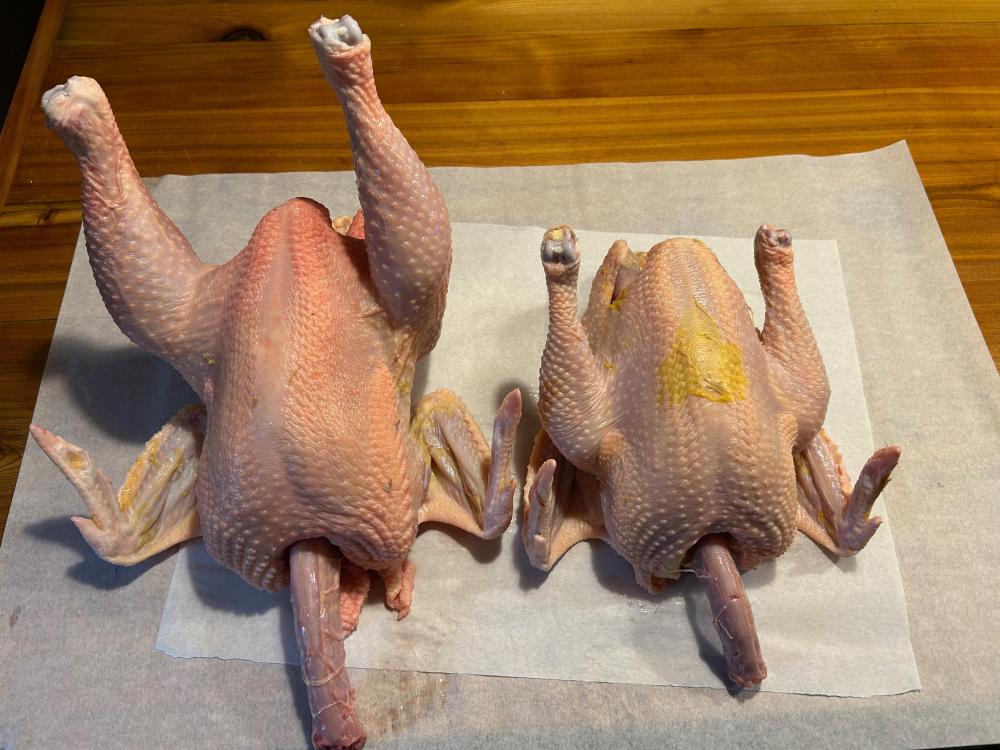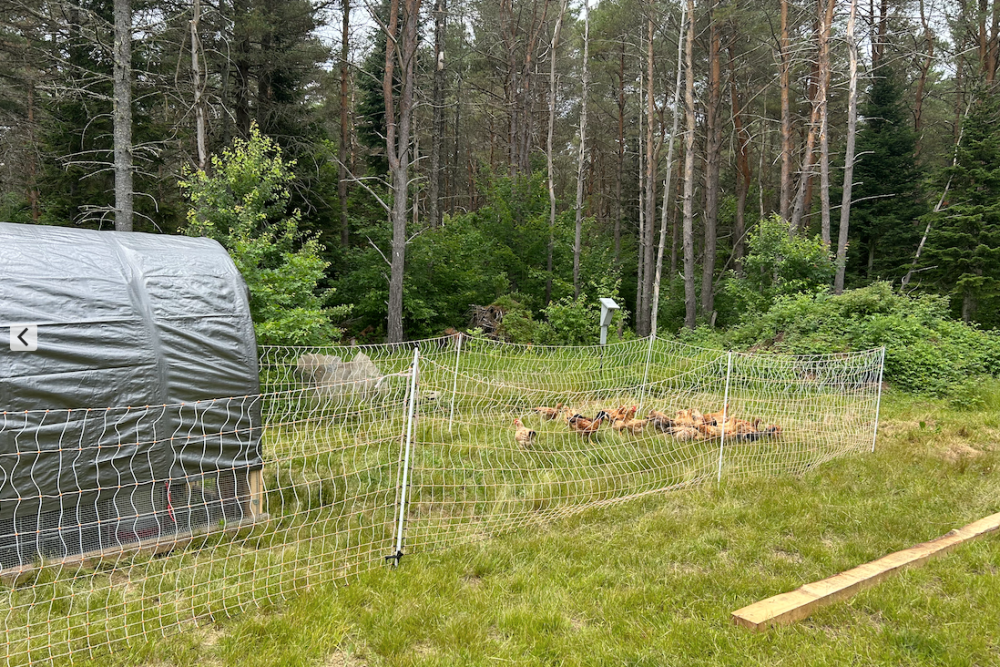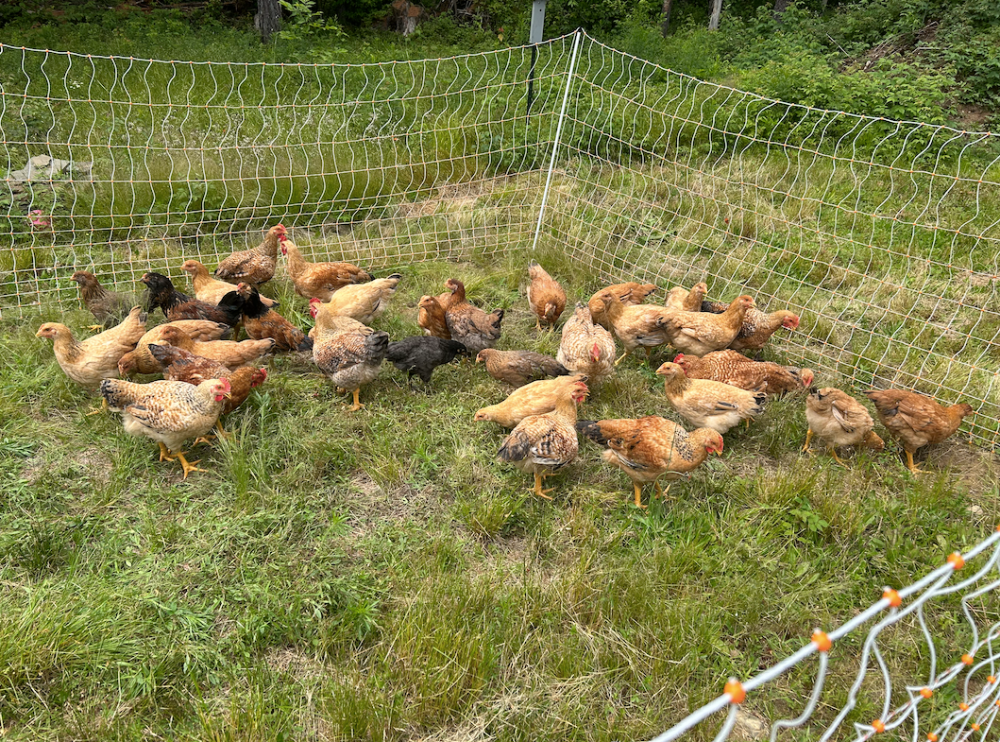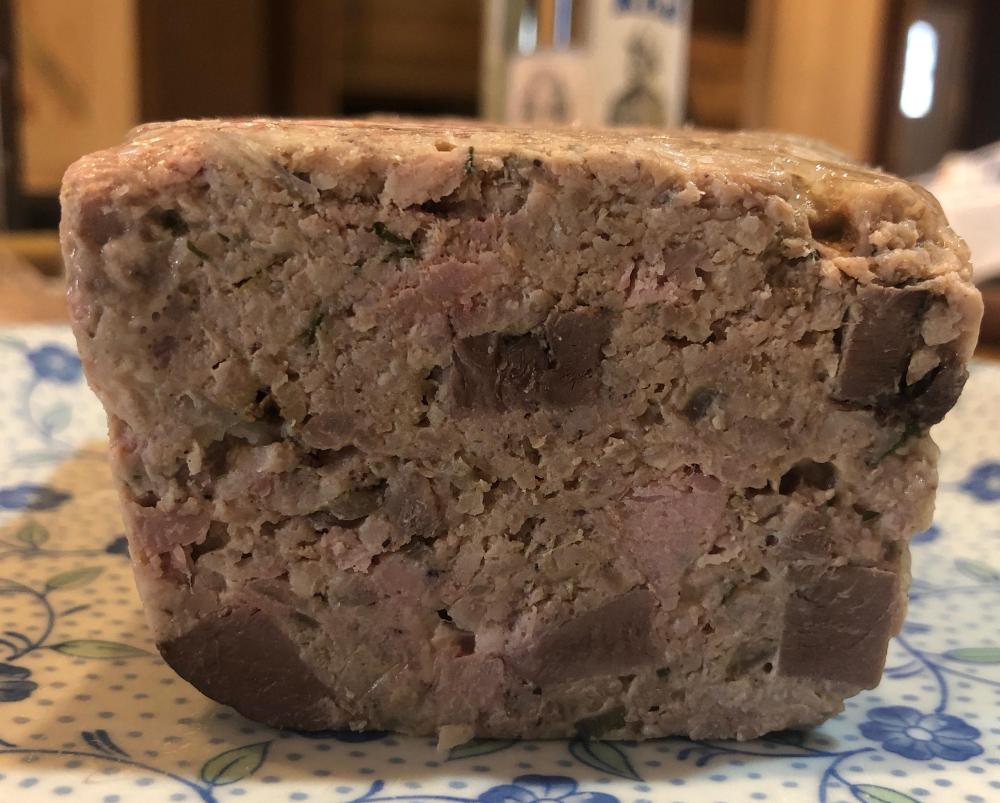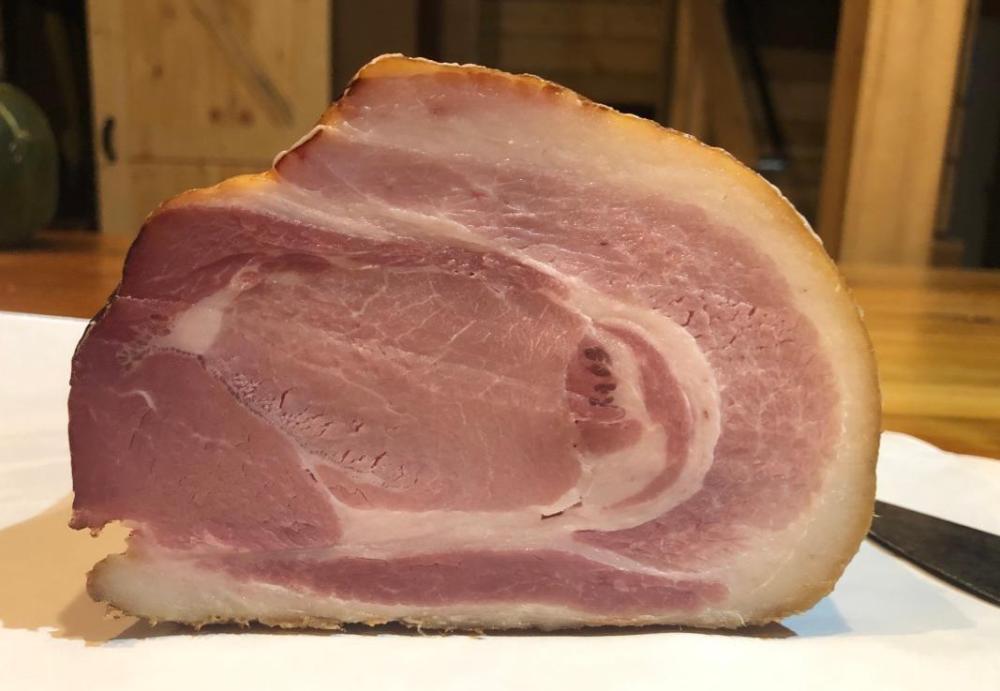
Raw/Cooked
participating member-
Posts
37 -
Joined
-
Last visited
Recent Profile Visitors
3,054 profile views
-
Thanks! We use a plucker, but some hand work is required to get every last feather.
-
Definitely a good idea. There is no reason to pay for USDA inspection if you are buying a whole or half animal. Inspection is only required if the farmer wants to sell individual retail cuts. Fractional carcass sales are exempt. This kind of USDA inspection has nothing to do with meat quality. It is purely a food safety inspection and the inspectors are from the USDA Food Safety and Inspection Service (FSIS). Quality grading is done by a different USDA division, its Agricultural Marketing Service (AMS). In my experience small processors generally don't offer grading. Price-wise I think you did great! It is expensive and a heck of a lot of work to raise quality animals in the most humane manner. You did right by not buying an indoor-raised hog. Pigs need room to root, forage, and run (they are surprisingly fast).
-
We processed our Sasso chickens about a month ago, and I am extremely happy with them from both a husbandry and a culinary perspective. The birds were all between 3-5 lbs (5 lb rooster on left, 3ish lb hen on right), and had abundant yellow fat that rendered into a deep golden schmalz. They are delicious. Even Cornish cross (standard, big breasted meat chicken) birds that forage and are raised on grass have great flavor, these are next-level. They are more satisfying to raise than Cornish crosses as they are very active and actually act like chickens. Their more upright posture and body shape also means they don't drag themselves around in the dirt, which keeps the scalding water relatively clean. We will definitely raise these again next year.
- 91 replies
-
- 13
-

-
We've been raising Freedom Ranger chickens for a number of years now. I learned about Sasso chickens reading this thread, and when I went to place my chick order this spring, saw that they were available. They're beautiful birds and are growing very nicely. These are about 8 weeks old, and we'll let them go another 4 weeks, aiming for a dressed bird at 3-5 lbs. There are a few Araucanas in the mix that we hatched around the same time the Sasso chicks arrived. We'll add those to our laying flock when they get a little larger.
- 91 replies
-
- 13
-

-

-
I wonder if sourcing is an issue? From a producer's standpoint, it can be really difficult to make the financials of wholesaling work, unless you're farming at a certain level of scale (100's of hogs).
-
I think this is more an issue of writing than an actual slip up. The rule was proposed in 1969, but not implemented until 1971, which the author mentions in the first paragraph. It would have been much clearer had he kept things in sequence!
-
@blue_dolphin, your paté is gorgeous!
-
Pork pâté: the forcemeat is 2/3 belly and sirloin, 1/3 liver. Garnishes are braised heart and tongue, and diced gammon. I marinated the meat and liver in cognac, allspice, ginger, nutmeg, lots of white and black pepper before grinding. 1/3 of the meat was ground with a 3mm plate, remainder and liver with a 1mm plate. Other additions include shallots, parsley,egg, cream, and flour. I made 4 of these in 15x7cm molds. This one is a little lopsided as my pressing weight shifted.
-
I work with a number of small livestock farmers in northern NY, and some of the prices that are being posted here for industrial meat exceed those asked by these small farms, all of whom raise their animals on pasture and with great care. A lot of these farmers have had a banner year-plus as pandemic-related supply chain issues and commercial meat price spikes sent folks to local meat sources. Some of them want to expand their operations but are hamstrung by a lack of processing infrastructure. I agree with Paul o'Vendange in that we'd all be much better off if everyone could eat meat raised locally, humanely, and in an environmentally sensitive manner. Sadly, we are a loooooong way off from that being a reality.
-
-
With our high of 17 degrees (F) reached early this morning, I thought it a good day to make Tourtiere du Lac St. Jean. Chunks of pork, venison, grouse, and potatoes in a lard crust.
-
It is a lot! We feed organic and like most things the cost of feed took a jump this year. I also slaughter at @ 9-10 months so we need to feed them a little longer than is typical We don't market our pigs. My wife is one of six kids, and each of her siblings has a decently sized family, so we do this strictly as a family affair (they help with costs and some labor). If I could slaughter on-farm and sell, I might think differently about it. Gloucester Old Spots have fantastic meat, but the fat is prodigious! GOS are lard hogs and it's a little overwhelming.
-
Beautiful chops, @Margaret Pilgrim! I share your (and others) preference for Berkshire pork, though I am biased as my wife and I raise Berkshire/Gloucester Old Spot cross hogs. Over the last decade we have rotated other breeds into our farm (Large Black, Tamworth, Yorkshire, Duroc, and mixes of these) and we find that we definitely prefer the Berkshire and Berk crosses. While there are definitely breed differences, for example the deep redness of Berkshire meat, how the pigs are raised has a huge impact on their deliciousness. This year we had a couple Yorkshire/Duroc crosses (like those that Llano Seco raise). This is a standard commercial hog that grows longer and leaner than most "heritage" breeds, the "other white meat" kind of pig. They turned out great, full of flavor, juicy, beautiful color, and with a decent amount of fat. To put the cost of this kind of pork into perspective, this year it cost us @ $4/ pound just to feed our pigs from weaning to market weight. That's not counting labor or other costs like bedding or replacing old fencing. It is expensive and labor intensive to raise quality meat, and while I certainly understand that it is not affordable for many, I am heartened to see folks who can afford to do so choose to purchase non-industrial pork.
-
The English version is https://villagecookingkerala.com/
-
Try this site: Village Cooking Kerala




.thumb.png.733f6e1235cd5c5df3ea5e9c55cfa383.png)


